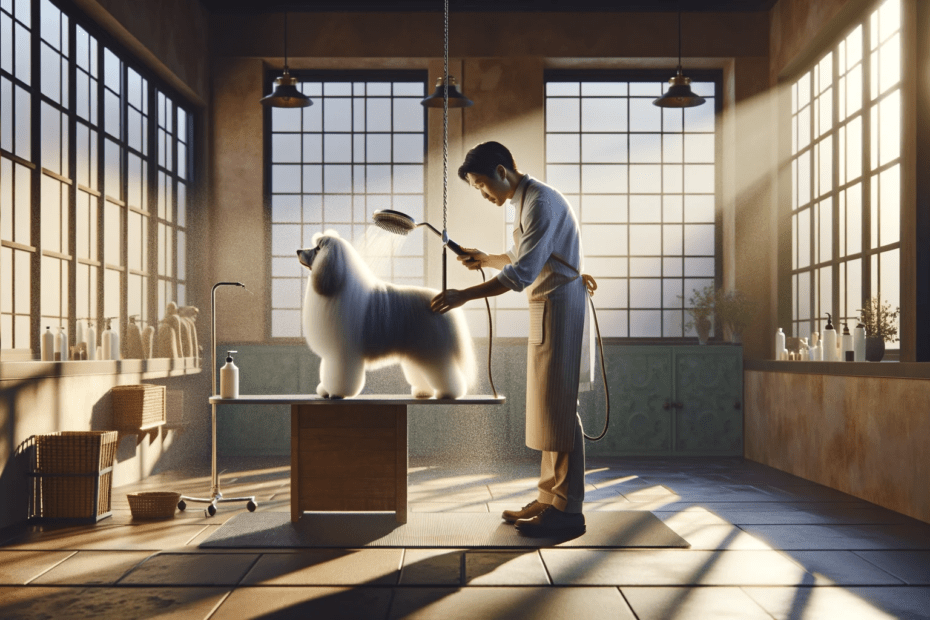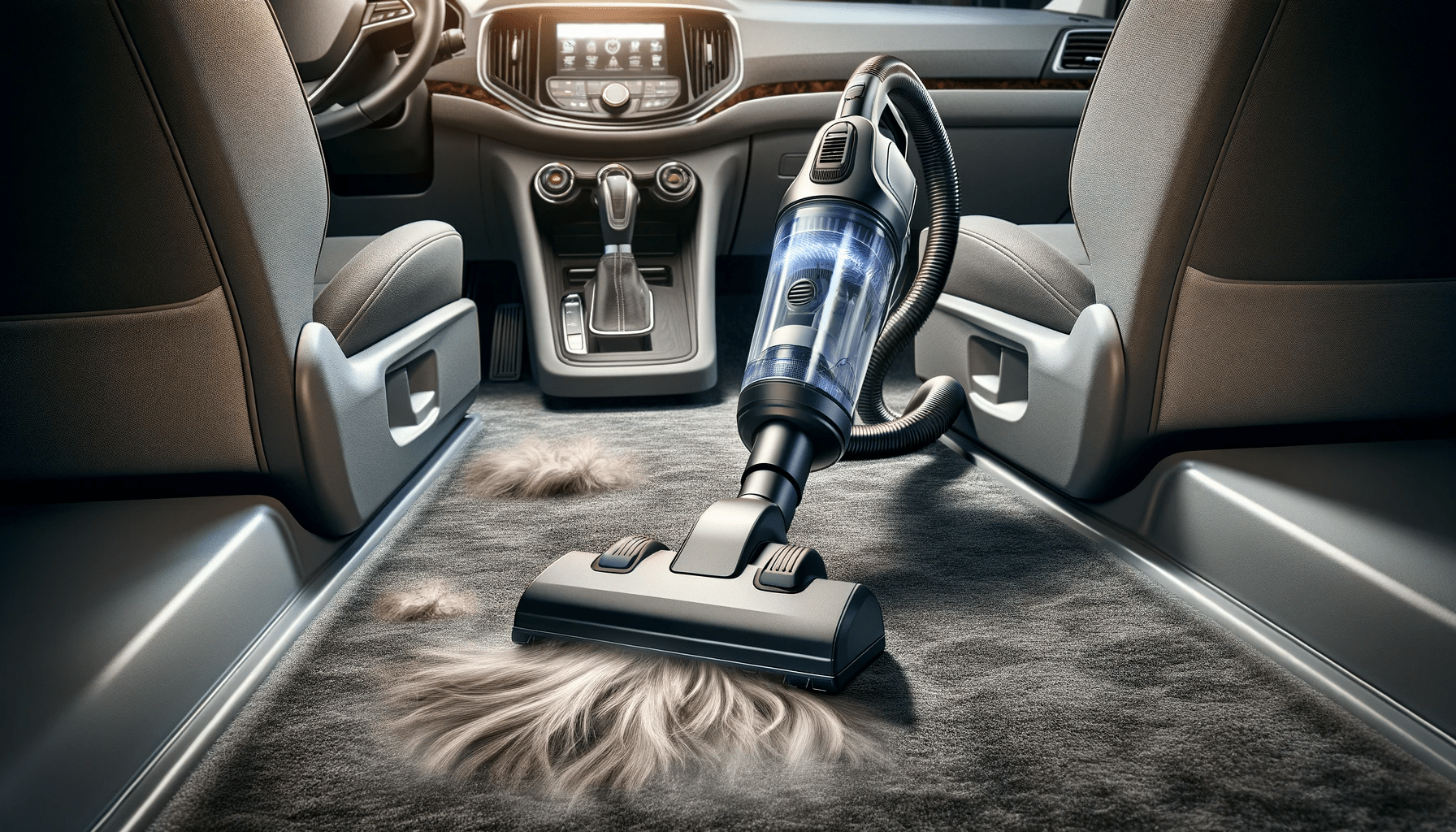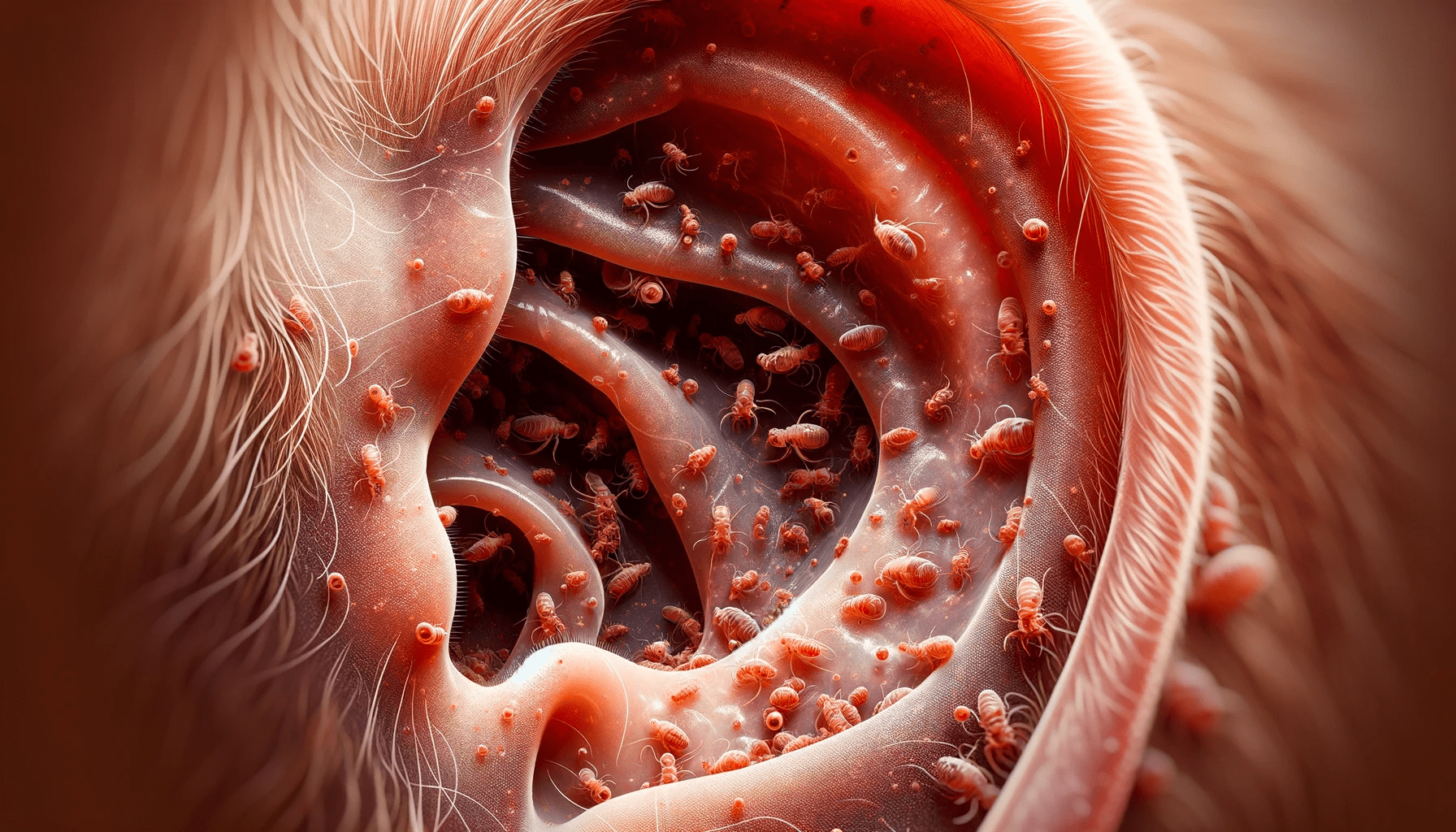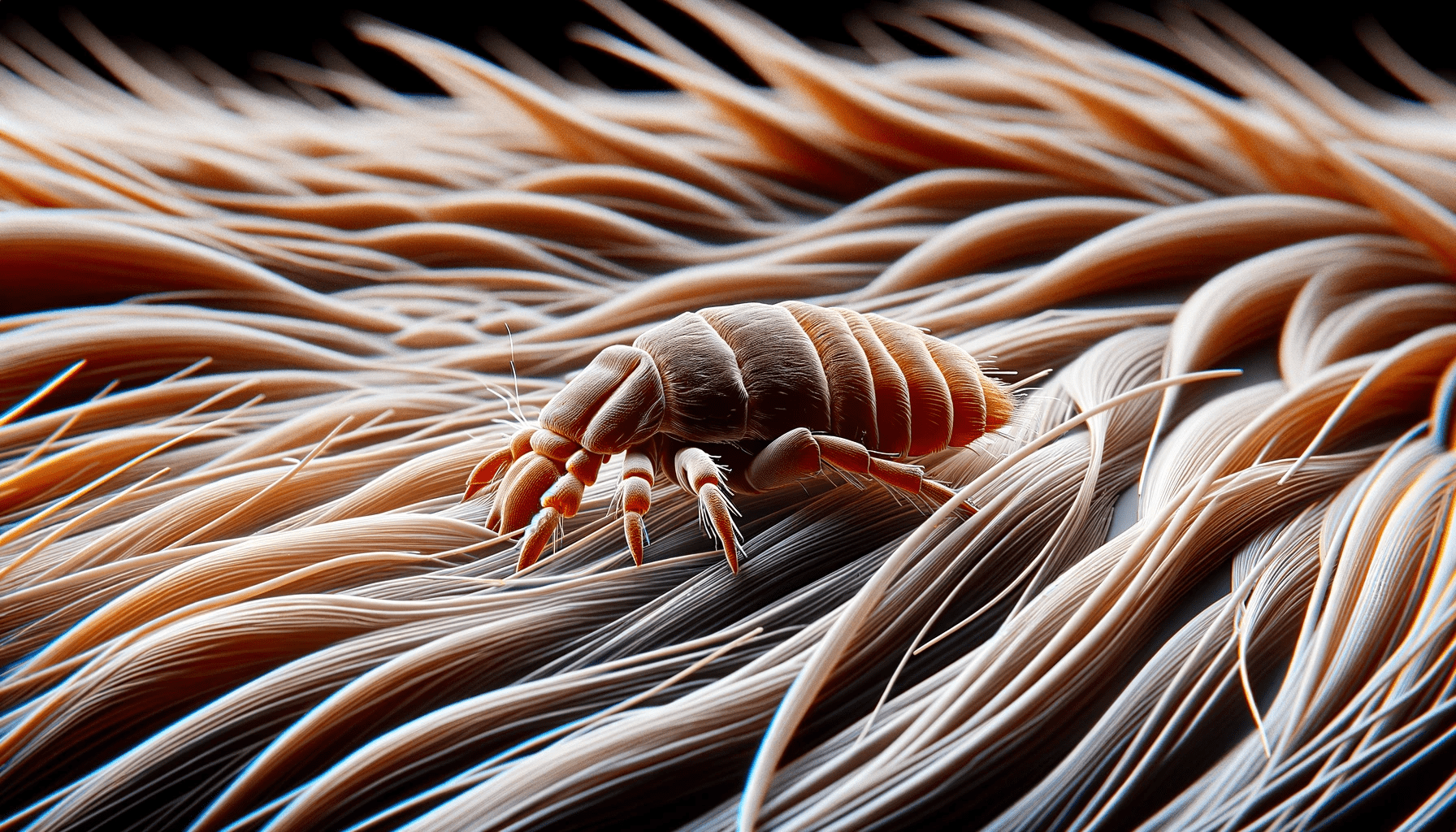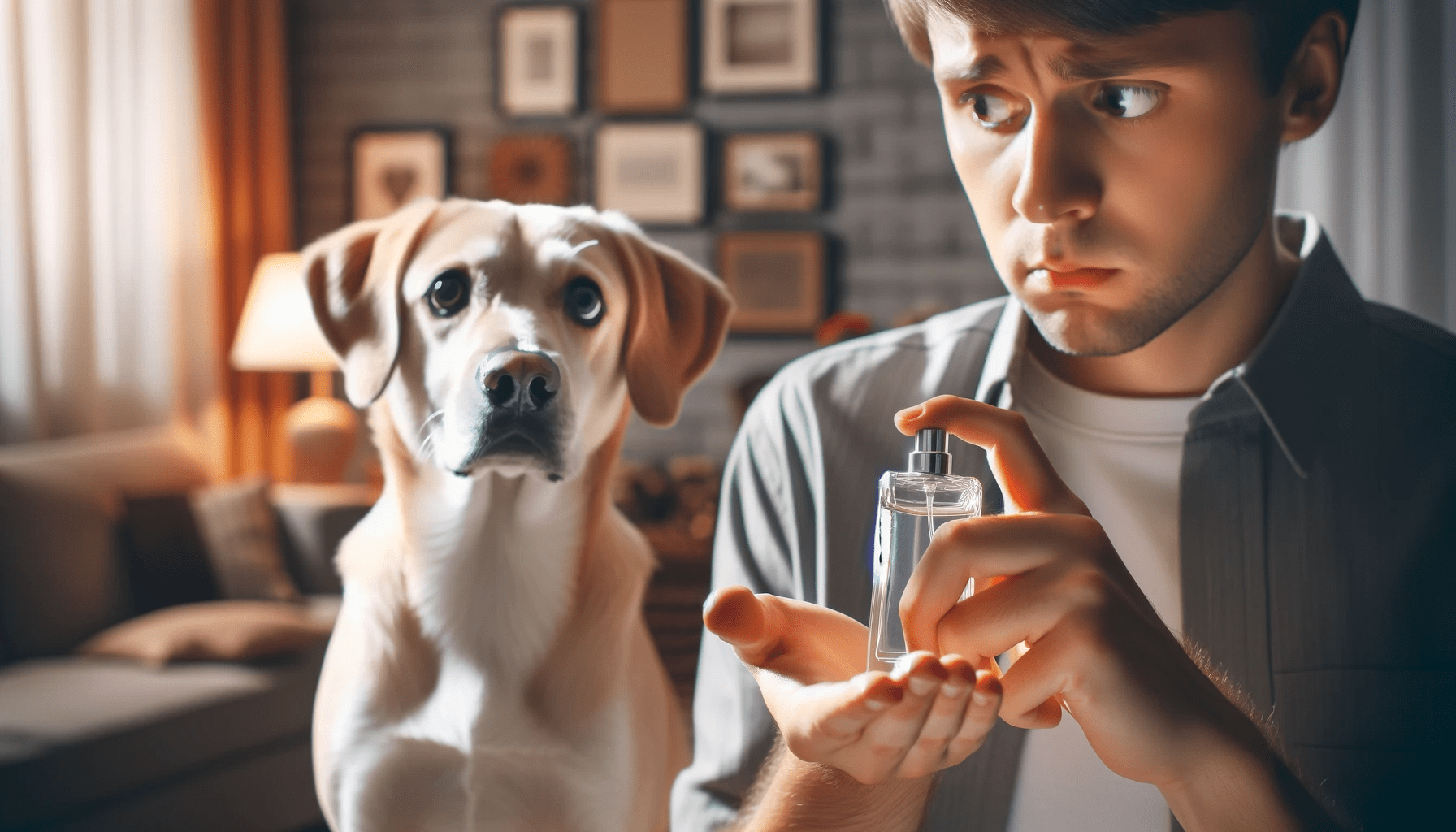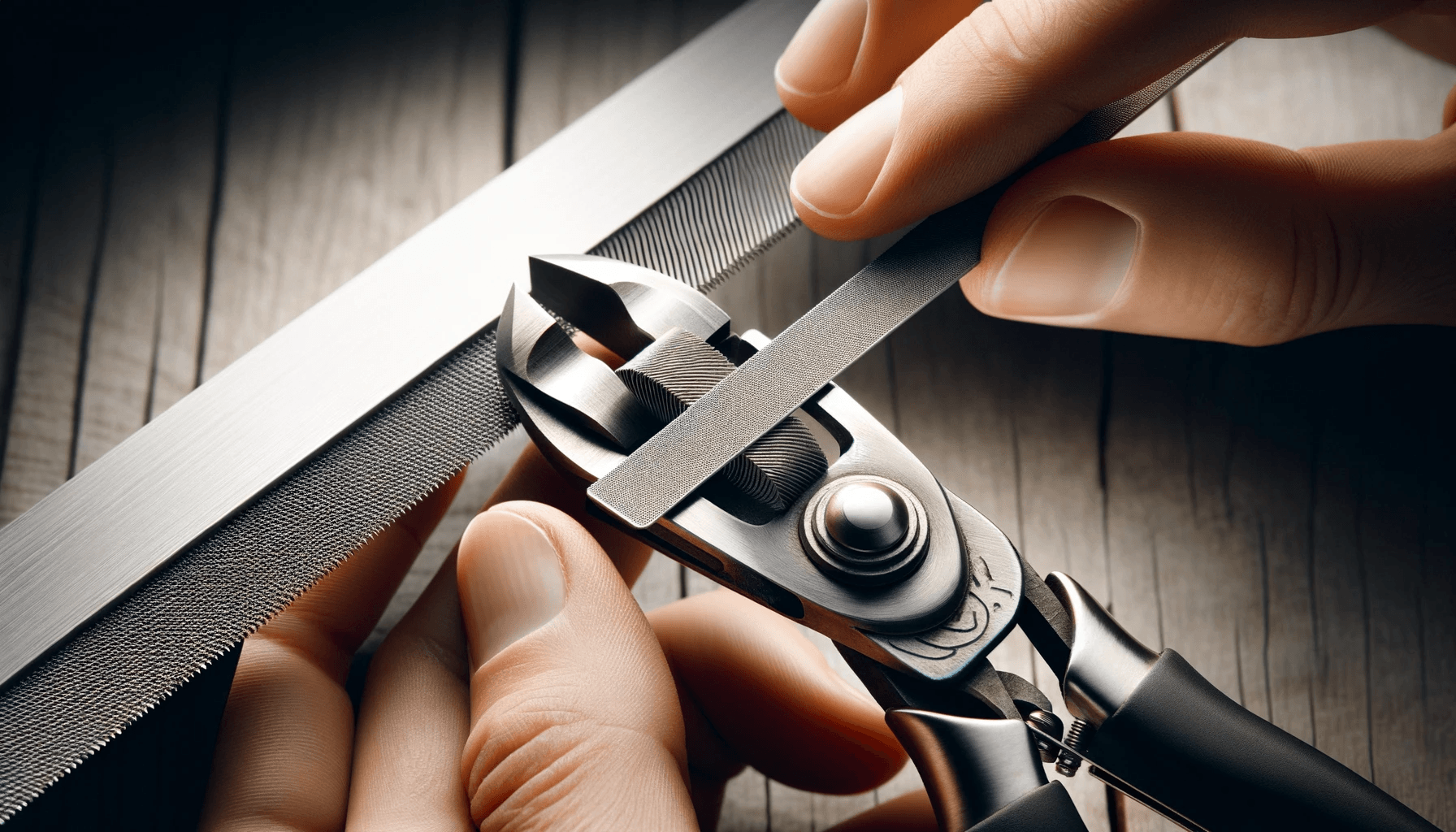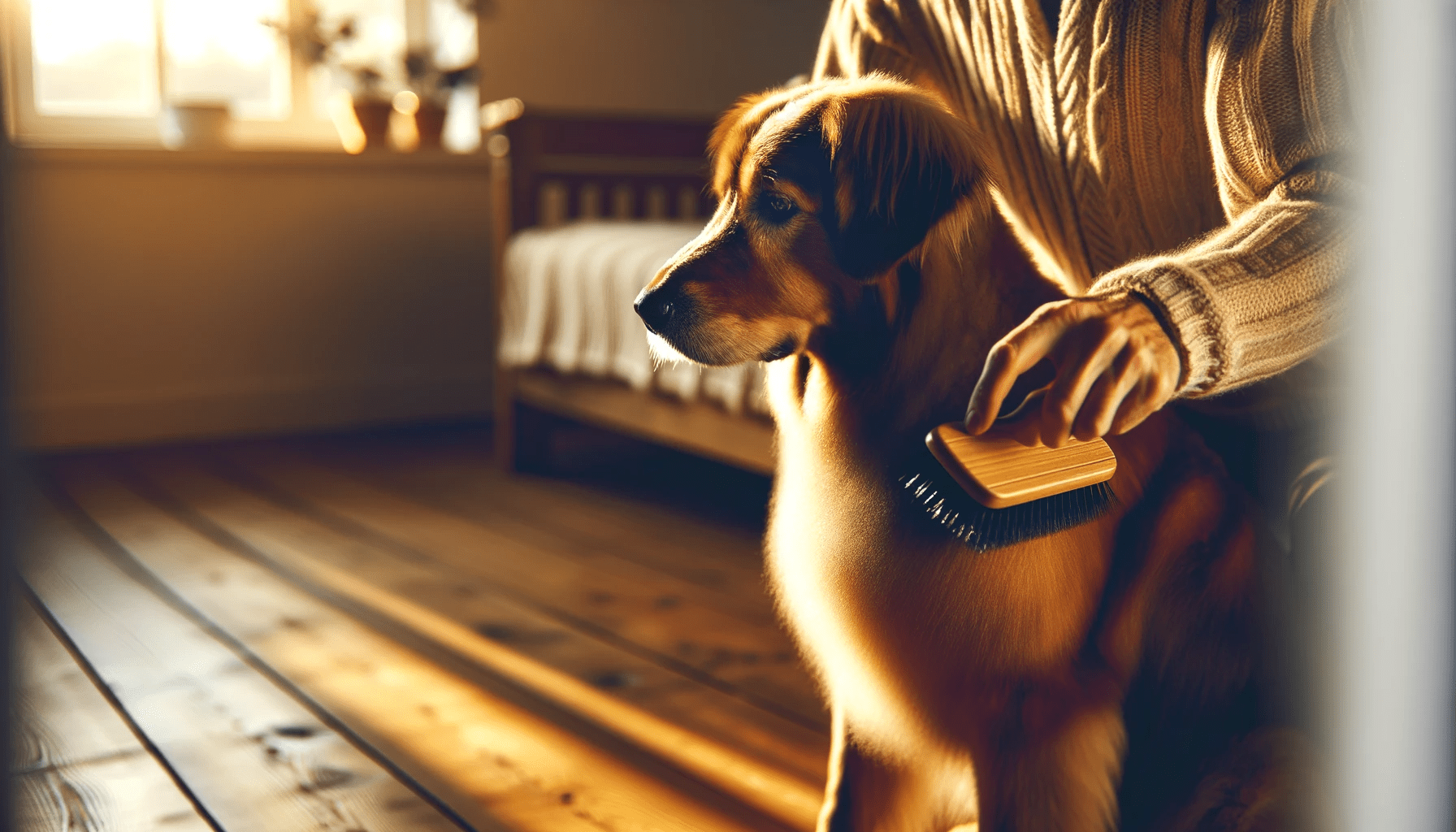Are you struggling to keep up with your aging dog's grooming needs? Don't worry, we've got you covered.
In this article, we will unlock the secrets to grooming aging dogs, providing you with valuable tips and techniques to ensure your furry friend stays clean, comfortable, and healthy.
From regular brushing to addressing skin and coat issues, we'll guide you through each step of the process.
Get ready to become a grooming expert and give your aging dog the love and care they deserve.
Key Takeaways
- Regular brushing is essential for maintaining the coat and overall health of aging dogs.
- Choosing the right grooming tools, such as slicker brushes or bristle brushes, is important for effectively removing loose hair and tangles based on the dog's coat type.
- Adjusting the grooming routine and addressing skin and coat issues, such as dryness or itchiness, is necessary for the comfort of aging dogs.
- Gentle handling, creating a comfortable grooming environment, and employing relaxation techniques can help aging dogs relax and enjoy the grooming process.
Importance of Regular Brushing
Regular brushing is essential for maintaining your aging dog's coat and overall health. As dogs age, their skin becomes more prone to dryness and their coat may lose its luster. By implementing regular brushing into your dog's grooming routine, you can help combat these issues and keep your furry friend looking and feeling their best.
Dry skin is a common problem among aging dogs, and it can cause discomfort and itchiness. To alleviate this, make sure to brush your dog's coat regularly to remove any loose fur or dandruff. This will help stimulate the production of natural oils in their skin, keeping it moisturized and reducing dryness.
Additionally, regular brushing can also condition your dog's coat, making it softer and more manageable. Use a brush with soft bristles to gently remove tangles and mats, paying close attention to problem areas such as behind the ears and under the legs. This won't only keep your dog's coat looking smooth and shiny but also prevent any discomfort or pain caused by matting.
Incorporating coat conditioning techniques such as using a leave-in conditioner or a coconut oil spray can further enhance the health and appearance of your aging dog's coat. These products can provide additional moisture and nourishment to the skin and fur, promoting a healthy shine and reducing dryness.
Choosing the Right Grooming Tools
To properly groom your aging dog, selecting the appropriate grooming tools is crucial. Grooming accessories are essential for maintaining your dog's coat, skin, and overall appearance. When choosing grooming tools for your aging dog, consider their specific needs and sensitivities.
A slicker brush is an excellent all-purpose tool that helps remove loose hair and tangles. It works well for dogs with medium to long hair. For dogs with shorter hair, a bristle brush or grooming mitt can effectively remove loose hair and distribute natural oils throughout the coat.
Nail clippers or a nail grinder are essential for keeping your dog's nails at a safe length. Opt for a nail grinder if your dog is sensitive or anxious about having their nails trimmed. Additionally, ear cleaner and cotton balls can help keep your dog's ears clean and free from wax buildup or infections.
Lastly, a toothbrush and pet-safe toothpaste are important for maintaining your dog's dental hygiene. Regular grooming techniques, such as brushing, bathing, and trimming, are vital for the health and well-being of your aging dog. By using the right grooming tools and accessories, you can ensure that your dog remains comfortable, clean, and happy.
Adjusting the Grooming Routine
Make adjustments to your aging dog's grooming routine to accommodate their changing needs and sensitivities.
As dogs age, their grooming requirements may change, so it's important to adapt your grooming routine accordingly. One of the key adjustments you can make is to the frequency of grooming sessions. While younger dogs may benefit from regular grooming, senior dogs may not tolerate frequent grooming as well. Instead, opt for less frequent grooming sessions to avoid causing unnecessary stress or discomfort.
When it comes to grooming techniques for senior dogs, it's important to be gentle and patient. Older dogs may have sensitive skin, arthritis, or other age-related conditions that can make grooming more challenging. Avoid using excessive force or pressure, and be mindful of any discomfort your dog may experience. Consider using softer brushes or grooming tools that are specifically designed for senior dogs to minimize any potential discomfort.
In addition, pay attention to your dog's body language and cues during grooming sessions. Keep an eye out for signs of distress or discomfort, such as excessive panting, trembling, or attempting to move away. If your dog shows signs of discomfort, take breaks during the grooming session or consider consulting a professional groomer who's experience with senior dogs.
Addressing Skin and Coat Issues
To address skin and coat issues in aging dogs, there are several remedies for dry skin that can help alleviate discomfort and itchiness. These remedies include:
- Using moisturizing shampoos
- Adding fatty acids to their diet
- Providing regular grooming to remove dead skin cells
Additionally, coat conditioning techniques can help restore shine and manage tangles and matting. These techniques include:
- Using leave-in conditioners
- Brushing regularly
Dry Skin Remedies
For better results in addressing dry skin and coat issues in your aging dog, try incorporating a moisturizing shampoo into their grooming routine. Natural remedies and moisturizing techniques can help alleviate dryness and improve your dog's skin and coat health.
When choosing a moisturizing shampoo, opt for products that contain natural ingredients such as aloe vera, oatmeal, or coconut oil. These ingredients have hydrating properties that can soothe and nourish your dog's skin, providing relief from dryness.
Additionally, consider using a conditioner specifically formulated for dry skin to further moisturize and soften your dog's coat. Regularly brushing your dog's fur can also help distribute natural oils, promoting a healthier and shinier coat.
Remember to consult with your veterinarian for specific recommendations tailored to your aging dog's needs.
Coat Conditioning Techniques
To address skin and coat issues in your aging dog, continue the grooming routine by incorporating coat conditioning techniques. These techniques can help maintain a healthy coat, prevent shedding, and keep your dog's skin moisturized. Here are some effective coat conditioning techniques to consider:
- Regular brushing: Brushing your dog's coat not only helps detangle any mats or knots but also stimulates the production of natural oils, which keeps the coat shiny and healthy.
- Moisturizing shampoos and conditioners: Look for products specifically designed to moisturize and nourish the skin and coat. These can help alleviate dryness and itchiness.
- Omega-3 fatty acid supplements: These supplements can promote a healthy coat and skin by reducing inflammation and improving overall skin health.
- Regular bathing: Bathing your aging dog regularly helps remove dirt and debris from the coat, keeping it clean and preventing skin issues.
- Professional grooming: Consider taking your dog to a professional groomer who specializes in coat conditioning. They can provide specialized treatments and techniques to keep your dog's coat in optimal condition.
Gentle Handling and Comfortable Environment
To ensure a positive grooming experience for your aging dog, it's crucial to employ calming techniques that help them relax.
Gentle handling is essential, as older dogs may have more sensitive skin and joints.
Additionally, creating a comfortable environment with appropriate grooming equipment, such as non-slip mats and supportive tables, can help alleviate any discomfort and ensure their safety throughout the grooming process.
Calming Techniques for Seniors
Create a calming environment and handle your senior dog gently to ensure a comfortable grooming experience. As dogs age, they may become more sensitive and anxious, so it's essential to employ calming techniques during grooming sessions. Here are some ways to help your senior dog relax:
- Relaxation techniques: Use gentle music or aromatherapy to create a soothing atmosphere for your dog.
- Massage therapy: Consider incorporating massage techniques into your grooming routine to help relax your senior dog's muscles and promote overall well-being.
- Soft and comfortable bedding: Provide a soft and cozy bed or mat for your dog to lie on during grooming, ensuring maximum comfort.
- Patience and understanding: Take your time and be patient with your senior dog, allowing them breaks when needed and understanding their limitations.
- Positive reinforcement: Reward your senior dog with treats and praise throughout the grooming process to make it a positive experience.
Safe Grooming Equipment
Ensure a gentle and comfortable grooming experience for your aging dog by using safe grooming equipment and providing a comfortable environment. Dog grooming safety should always be a top priority to prevent any accidents or injuries during the grooming process. Regular maintenance of grooming equipment is crucial to ensure its safety and effectiveness.
Inspect your grooming tools regularly for any signs of wear and tear, such as broken or dull blades, and replace them as needed. Keep your grooming tools clean and sanitized to prevent the spread of bacteria and infections.
Additionally, creating a comfortable environment for your dog is essential. Use a non-slip mat on the grooming table to ensure stability, and consider using a grooming table with adjustable heights to accommodate your dog's needs.
Special Care for Eyes, Ears, and Teeth
Take extra precautions when grooming your aging dog's eyes, ears, and teeth to maintain their overall health and comfort. As your dog ages, they may require special care in these areas to prevent discomfort and potential health issues. Here are some important tips to keep in mind:
- Eyes: Regularly check your dog's eyes for any signs of redness, discharge, or cloudiness. Use a damp cloth or specialized eye wipes to gently clean around the eyes, removing any debris. If your dog has specific eye conditions, consult with your veterinarian for appropriate eye drops or ointments.
- Ears: Aging dogs are prone to ear infections and wax build-up. Clean your dog's ears regularly using a veterinarian-recommended ear cleaner and cotton balls. Gently wipe the outer part of the ear, avoiding deep insertion. Look out for signs of irritation, redness, or a foul odor, as these may indicate an infection.
- Teeth: Dental care is crucial for aging dogs, as they're more susceptible to dental disease. Brush your dog's teeth regularly using a toothbrush and toothpaste specifically designed for dogs. Consider dental treats or toys that help reduce plaque buildup. Regular dental check-ups and cleanings by a veterinarian are also important.
Managing Mobility and Joint Health
As your aging dog requires special care for its eyes, ears, and teeth, it's important to also address its mobility and joint health. Just like humans, dogs can suffer from arthritis as they age, which can cause discomfort and limit their mobility. Managing arthritis pain is crucial to ensure your dog's quality of life.
There are several strategies you can implement to help alleviate your dog's pain. First, consult with your veterinarian to determine the best course of action. They may recommend medications or supplements that can help reduce inflammation and provide pain relief.
Additionally, regular exercise is essential for maintaining your dog's joint health. Low-impact activities such as swimming or walking on soft surfaces can help strengthen the muscles surrounding the joints and improve flexibility. Make sure to tailor the exercise routine to your dog's individual needs and abilities.
Providing a comfortable and supportive bed is also important for dogs with joint issues. Look for orthopedic beds that offer excellent cushioning and support.
Finally, consider making modifications to your home environment to make it more accessible for your senior dog. This may include installing ramps or providing non-slip surfaces to prevent accidents.
Professional Grooming Services
To maintain the overall health and appearance of your aging dog, consider utilizing professional grooming services. These services are specifically designed to cater to the unique needs of older dogs, ensuring they receive the care and attention they deserve.
Here are some reasons why professional grooming is beneficial for your aging canine companion:
- Expertise: Professional groomers undergo extensive training to learn the best grooming techniques for aging dogs. They're knowledgeable about the specific grooming requirements for different breeds and can handle any special needs your dog may have.
- Specialized Equipment: Grooming salons are equipped with specialized tools and equipment that are designed to make the grooming process easier and more comfortable for older dogs. This includes adjustable grooming tables, non-slip mats, and low-noise dryers.
- Skin and Coat Health: Regular grooming helps to maintain the health of your dog's skin and coat. Professional groomers can identify any skin issues or abnormalities and provide appropriate treatment or recommendations.
- Nail Trimming: As dogs age, their nails may become overgrown and more difficult to trim. Professional groomers have the experience and expertise to safely trim your dog's nails, preventing discomfort or injury.
- Stress-Free Experience: Professional grooming salons are designed to create a calm and stress-free environment for your aging dog. They're equipped with soothing music, aromatherapy, and experienced groomers who know how to handle anxious or nervous dogs.
Frequently Asked Questions
Can Grooming Help Prevent or Slow Down the Aging Process in Dogs?
Regular grooming can help slow down the aging process in dogs. By using grooming techniques, you can improve their overall health and well-being, promoting healthy skin and coat, preventing matting and skin issues, and enhancing their mobility and comfort.
How Often Should I Bathe My Aging Dog?
You should bathe your aging dog depending on their specific needs and health. It is recommended to brush their teeth regularly and groom them with care. Here are some grooming tips for senior dogs.
Are There Any Specific Grooming Techniques or Products That Can Help Improve My Dog's Skin and Coat as They Age?
To improve your aging dog's skin and coat, there are specific grooming techniques and products you can use. Regular brushing, using gentle shampoos, and adding omega-3 fatty acids to their diet can help maintain their skin health and promote a shiny coat.
What Are Some Common Signs of Joint Pain or Mobility Issues in Aging Dogs?
Signs of joint pain in aging dogs can include limping, stiffness, difficulty getting up or down, and reluctance to exercise. To manage joint pain, you can try supplements, gentle exercise, and providing a comfortable bed.
Is It Safe to Groom My Aging Dog at Home, or Should I Always Seek Professional Grooming Services?
It's generally safe to groom your aging dog at home if you follow DIY grooming tips. However, there are benefits to seeking professional grooming services, such as their expertise in handling specific needs and ensuring a thorough and safe grooming experience.
Conclusion
In conclusion, grooming plays a vital role in maintaining the health and well-being of aging dogs. Regular brushing helps to prevent matting and keeps their coat healthy. Choosing the right grooming tools and adjusting the grooming routine to their specific needs is crucial.
Addressing skin and coat issues, as well as providing gentle handling and a comfortable environment, ensures their comfort. Additionally, special care for their eyes, ears, and teeth, along with managing their mobility and joint health, contributes to their overall quality of life.
Consider professional grooming services for expert care.
